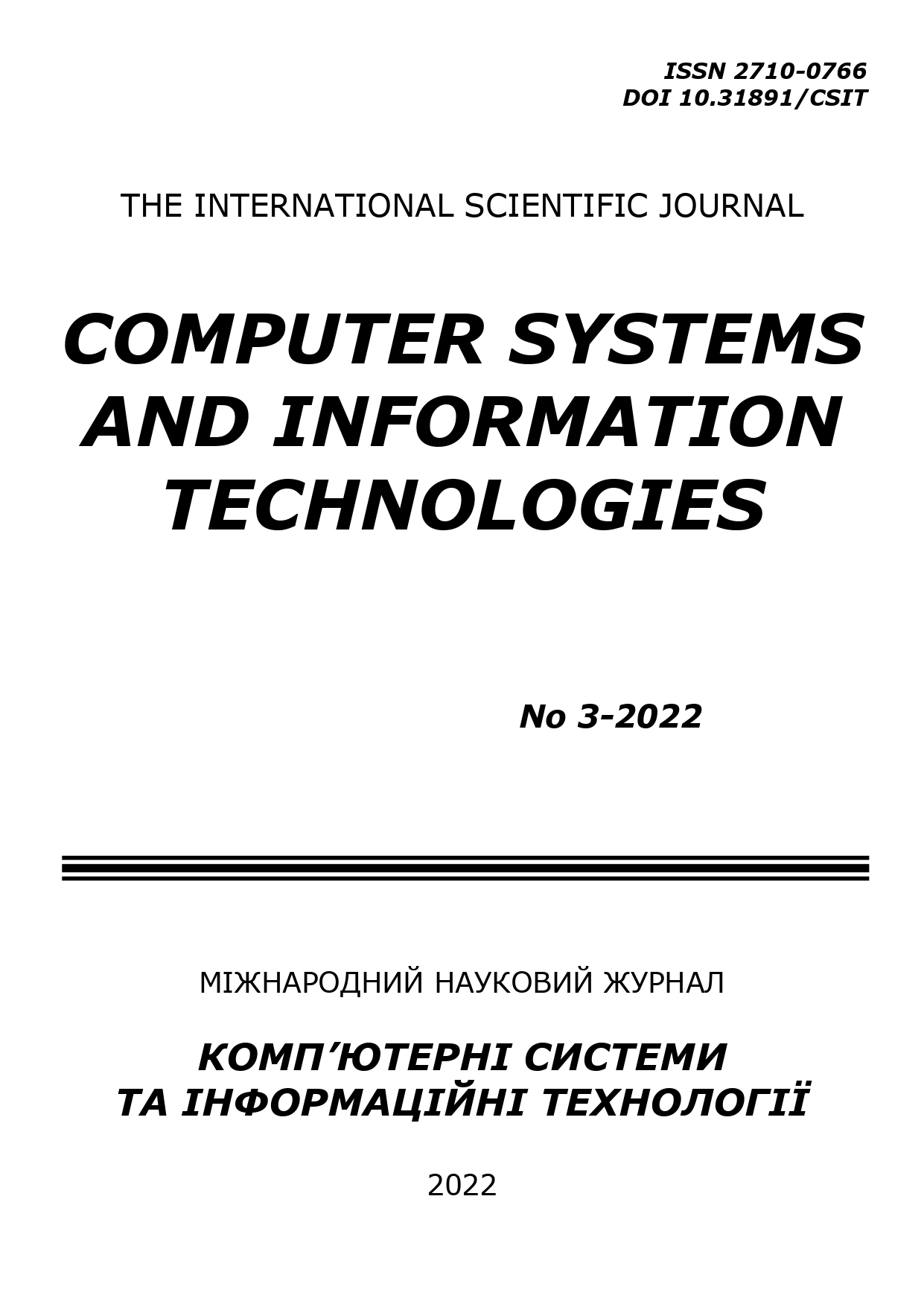A NEW APPROACH FOR TEXT RECOGNITION ON A VIDEO CARD
DOI:
https://doi.org/10.31891/csit-2022-3-3Keywords:
CUDA technology, real-time system, machine learning, acceleration factor, Gaussian filter, optical character recognition.Abstract
An important task is to develop a computer system that can automatically read text content from images or videos with a complex background. Due to a large number of calculations, it is quite difficult to apply them in real-time. Therefore, the use of parallel and distributed computing in the development of real-time or near real-time systems is relevant. The latter is especially relevant in such areas as automation of video recording of traffic violations, text recognition, machine vision, fingerprint recognition, speech, and more. The paper proposes a new approach to text recognition on a video card. A parallel algorithm for processing a group of images and a video sequence has been developed and tested. Parallelization on the video-core is provided by the OpenCL framework and CUDA technology. Without reducing the generality, the problem of processing images on which there are vehicles, which allowed to obtain text from the license plate. A system was developed that was tested for the processing speed of a group of images and videos while achieving an average processing speed of 207 frames per second. As for the execution time of the parallel algorithm, for 50 images and video in 63 frames, image preprocessing took 0.4 seconds, which is sufficient for real-time or near real-time systems. The maximum acceleration of image processing is obtained up to 8 times, and the video sequence – up to 12. The general tendency to increase the acceleration with increasing dimensionality of the processed image is preserved, which indicates the relevance of parallel calculations in solving the problem.

